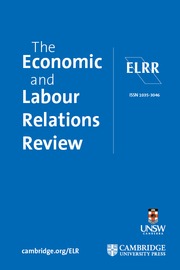Article contents
Beyond the illusion of numbers: A challenge for financial regulators and analysts
Published online by Cambridge University Press: 01 January 2023
Abstract
Global financial crises and potential sovereign defaults provide an opportunity for financial regulators and analysts to revise assumptions in their risk models. These conditions are also an opportunity for regulators and analysts to distinguish the ‘hyper-real’ economy, represented by derivatives, from the real economy, which requires assessment through an analysis of human as well as financial capital. Regulators are required to demonstrate that they are skilled in conducting the most thorough analysis of all elements of the finance system in order to help the investing public to manage risk as much as possible. The contribution of this article is to overview the limitations inherent in regulators’ traditional focus on financial analysis, as well as in financial analysts’ failure to consider the relevance of people management data when evaluating the potential performance of knowledge-intensive, service-based organisations. The article argues for a stronger focus on analysis of non-financial capital, including human capital, to provide a more effective ‘early warning’ of potential financial distress.
Keywords
Information
- Type
- Non-Symposium Article
- Information
- The Economic and Labour Relations Review , Volume 24 , Issue 4: Symposium - The East Asian Developmental State , December 2013 , pp. 568 - 583
- Copyright
- Copyright © The Author(s) 2013
- 1
- Cited by

